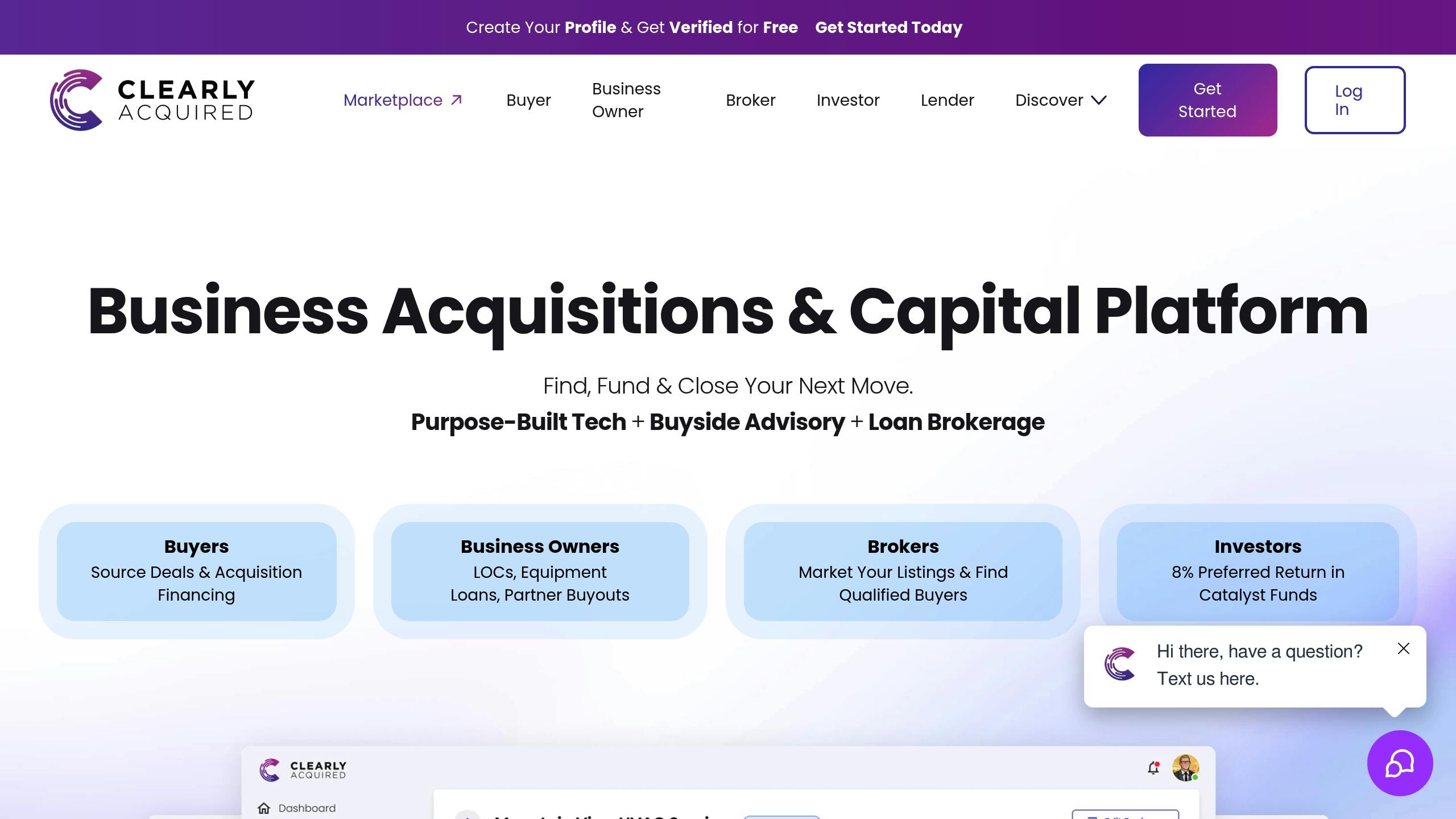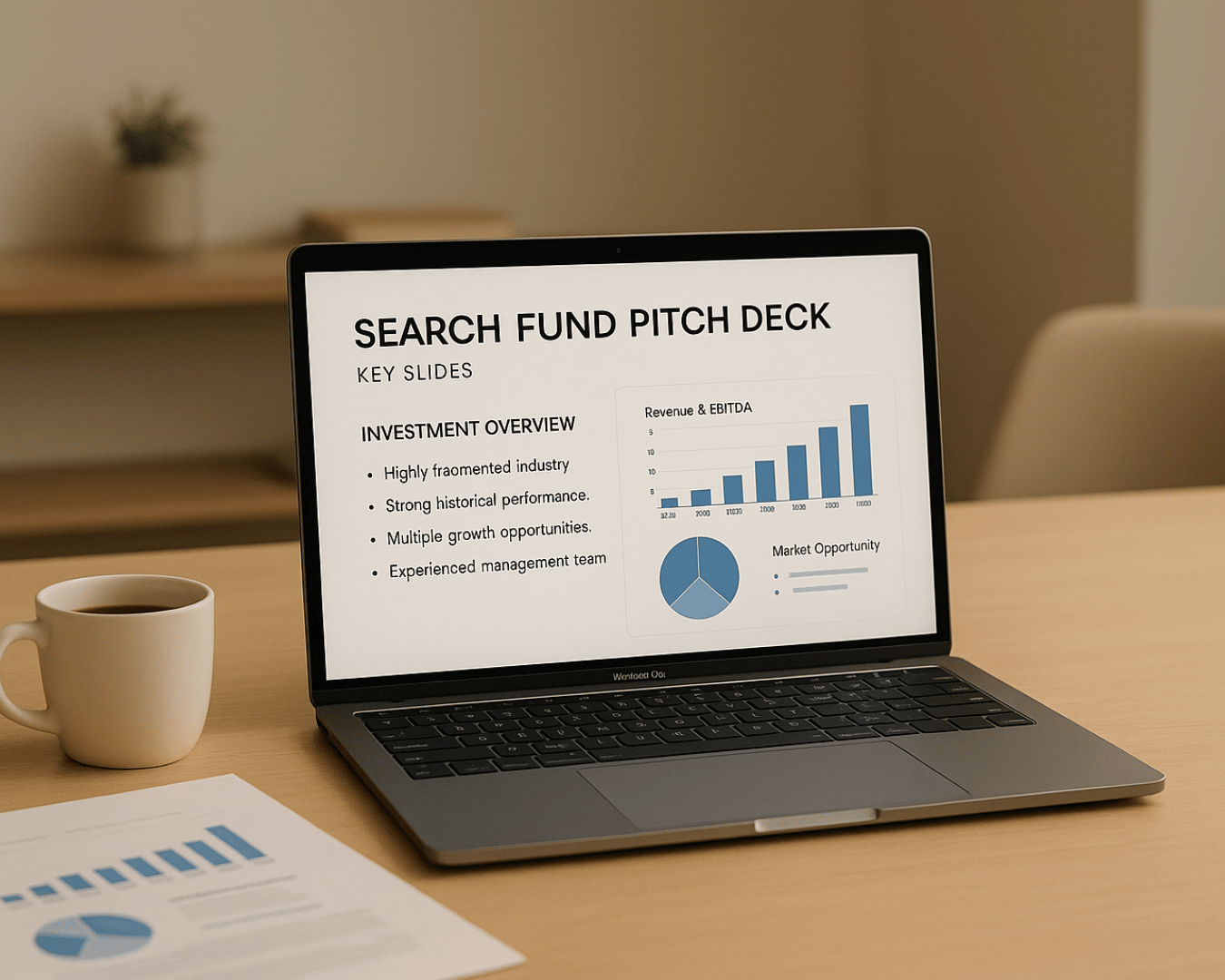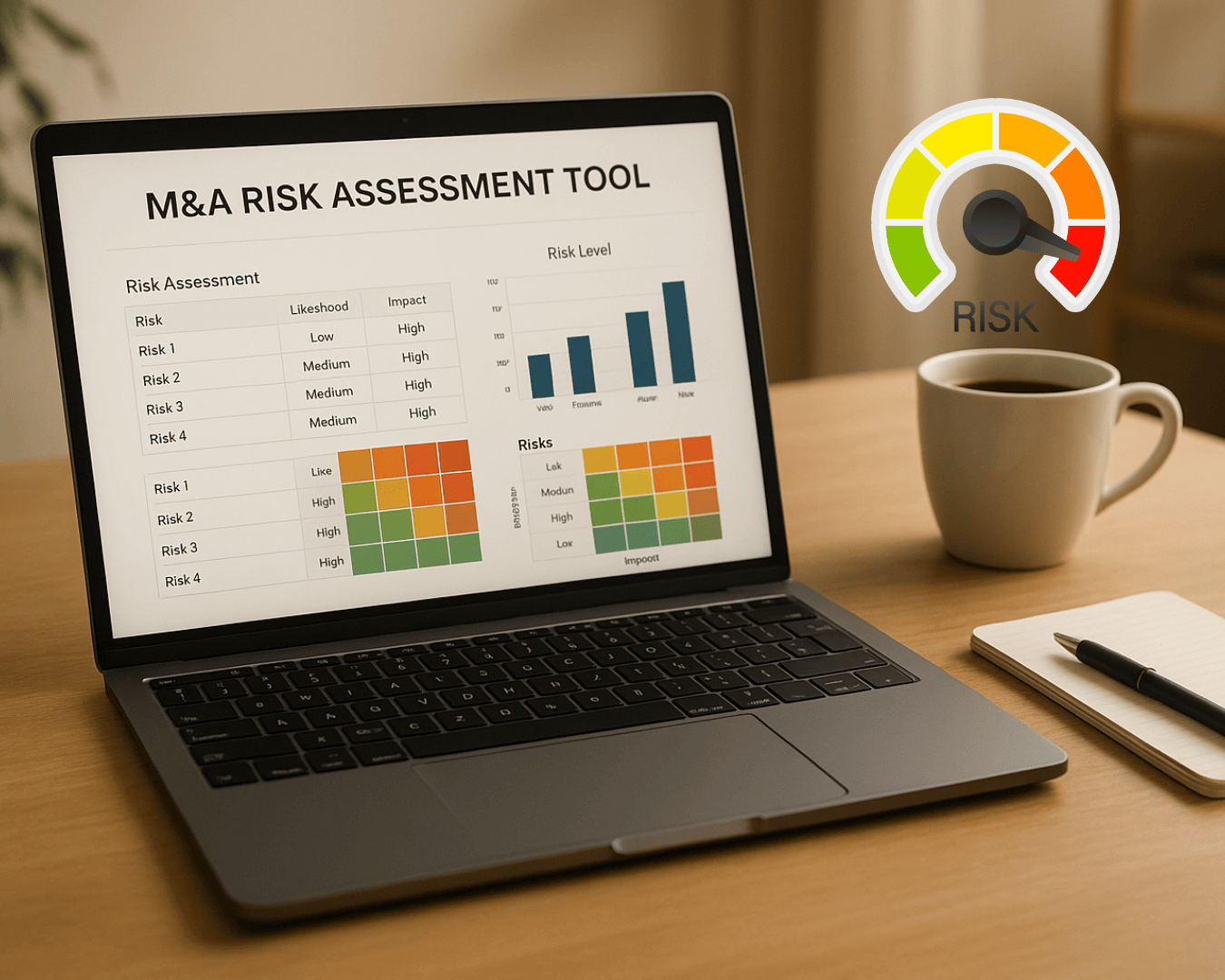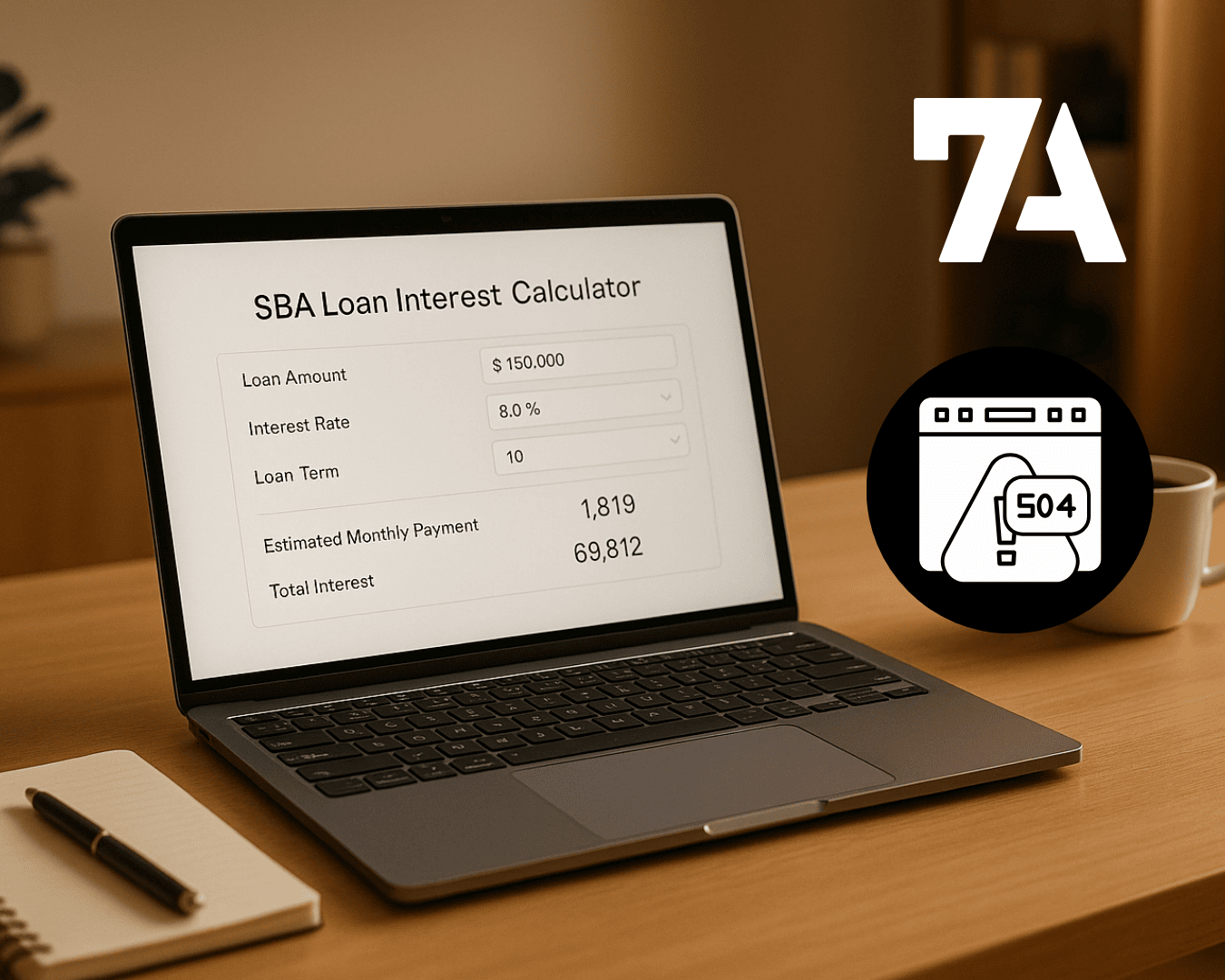A strong business plan is essential for securing an SBA loan. It demonstrates your business's potential, repayment ability, and addresses lender concerns. Here's a quick breakdown of what to include:
- Executive Summary: Mission, products/services, leadership, and loan request details.
- Business Overview: Legal structure, history, and clear objectives.
- Market Research: Industry data, target market, competitors, and trends.
- Team Structure: Key team bios, org chart, and ownership details.
- Product/Service Details: Offerings, intellectual property, and pricing strategy.
- Financials: Loan request breakdown, 3-5 year projections, and past financial records.
Use visuals like charts for clarity and organize required documents (e.g., licenses, tax returns, financial statements) in an appendix. Tools like Clearly Acquired can help refine your plan with reliable data and expert insights. A well-structured plan boosts your approval chances and serves as a roadmap for growth.
SBA loan to start a business: Part 1. How to write a business ...

Required Sections of an SBA Business Plan
To convince SBA lenders of your business's potential and ability to repay loans, make sure your plan includes these key sections.
Executive Summary
This section should cover:
- Mission Statement: Clearly explain your business's purpose.
- Products or Services: Briefly describe what you offer.
- Leadership Team: Highlight the expertise of your management team.
- Loan Request: Specify the amount and purpose (e.g., $250,000 for equipment and working capital).
Business Overview
Provide an overview that includes:
- Legal Structure and Ownership: For example, "LLC; 60% founder, 40% partner."
- Business History: Summarize major milestones.
- Objectives: Define both short-term and long-term goals.
Market Research
Demonstrate your understanding of the market by addressing:
- Industry Data: Include size and growth forecasts.
- Target Market: Detail demographics and psychographics.
- Competitor Analysis: Evaluate both direct and indirect competitors.
- Market Trends: Highlight trends affecting your industry.
Team Structure
Showcase your team with:
- Key Team Member Biographies: Focus on roles and qualifications.
- Organizational Chart: Clarify reporting relationships.
- Ownership Details: Include ownership percentages.
- Financial Statements: Provide personal financial details for each owner.
Product and Service Details
Detail your offerings by covering:
- Descriptions: Explain your products or services in depth.
- Intellectual Property: Mention patents, trademarks, or other protections.
- Pricing Strategy: Discuss pricing and profit margins.
Finally, include a detailed loan request and financial projections to justify your funding needs. This will help lenders understand how their investment will be used and repaid.
Financial Section Requirements
Create a clear financial section to detail your loan request and repayment plan.
Loan Request Details
Clearly state the total loan amount, break down how the funds will be used (e.g., for equipment, working capital, or real estate), and include a repayment schedule.
| Funding Category | Amount | Purpose |
|---|---|---|
| Equipment | $250,000 | Manufacturing machinery |
| Working Capital | $150,000 | Inventory and operations |
| Real Estate | $100,000 | Facility down payment |
3-5 Year Financial Outlook
Include detailed financial projections:
- Year 1: Monthly income statements, balance sheets, and cash flow forecasts.
- Years 2-3: Quarterly projections for the same financial documents.
- Years 4-5: Annual forecasts, including loan repayment details.
Past Financial Records
Include financial statements from the past three years, such as income statements, balance sheets, and cash flow statements.
sbb-itb-a3ef7c1
Business Plan Format and Layout
A well-designed layout can boost the credibility of your business plan. Use clear visuals and keep appendices well-organized to make it easier for readers to navigate.
Charts and Graphics
Visuals like charts and graphs can make your data more understandable. Here are some suggestions:
- Bar charts: Great for showing revenue trends.
- Pie charts: Ideal for illustrating market segmentation.
- Line graphs: Helpful for showcasing growth projections.
- Flowcharts: Useful for explaining processes.
Each visual should include a title, labeled axes or components, and captions that highlight the key takeaways. Stick to 3-4 professional colors to maintain readability and a polished look.
Required Documents
Organize appendix documents into clear categories:
-
Business documentation
- Articles of incorporation
- Business licenses and permits
- Lease or rental agreements
- Insurance policies
-
Personal documentation
- Resumes for each owner with significant shares
- Personal financial statements
- Tax returns from the past three years
- Government-issued photo IDs
-
Financial documentation
- Bank statements covering the last year
- Balance sheets and income statements
- Aging reports for accounts receivable and payable
- Equipment lists with current valuations
Arrange the appendix items in the same order they are referenced in the plan. Include a table of contents to make finding specific documents quick and easy.
Business Plan Tools and Resources
Once you've finalized your plan's layout and documents, it's time to refine your market data and projections. Tools like Clearly Acquired's platform can help solidify your figures with reliable data and expert insights, making your plan more appealing for approval.
Clearly Acquired Resources

Clearly Acquired offers a range of tools and services designed to streamline market research and financial planning:
- AI-driven financing tools to address challenges and secure funding for acquisitions
- Experienced debt brokers to guide you through the process
- Loan structuring advisory services to optimize financing strategies
- Educational materials, including the "Purchase to Profits: Business Acquisition Course"
- Connections to SBA-approved lenders for direct access to funding opportunities
The platform also grants access to a database of over 3.2 million business listings across 50+ industries. This helps you benchmark your assumptions and validate projections tailored for SBA lenders [1]. These resources are designed to strengthen your market research and financial sections, aligning your numbers with lender expectations.
Conclusion
A business plan that includes an executive summary, market research, team structure, product or service details, and detailed financials will meet SBA requirements and demonstrate your ability to repay loans. Use Clearly Acquired's AI-powered platform and its database of over 3.2 million business listings to validate your assumptions and compare projections with real market data [1].
Think of your business plan as a roadmap - it should guide your operations, support loan repayment, and drive growth. Clearly Acquired also offers access to expert debt brokers, advisory services, educational materials, and connections to SBA lenders to simplify your planning and funding process.

















.png)







































.png)








































%20Loan%20Application%20Checklist.png)











